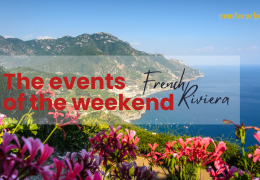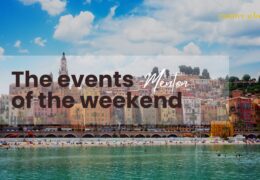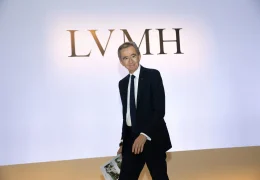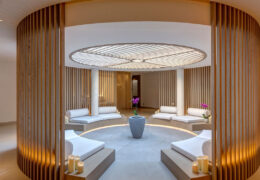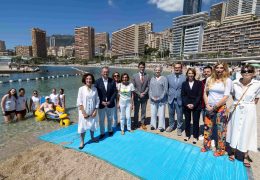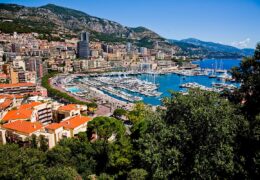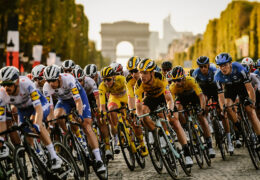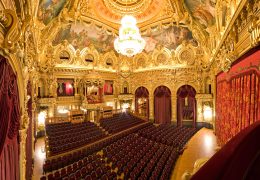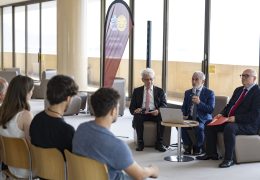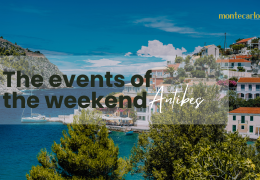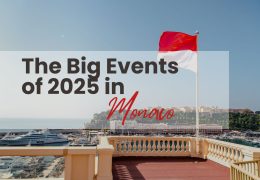Art therapy: in Monaco, it is essential, thanks to the Association de Bienfaisance Eugenio Benedetti Gaglio.
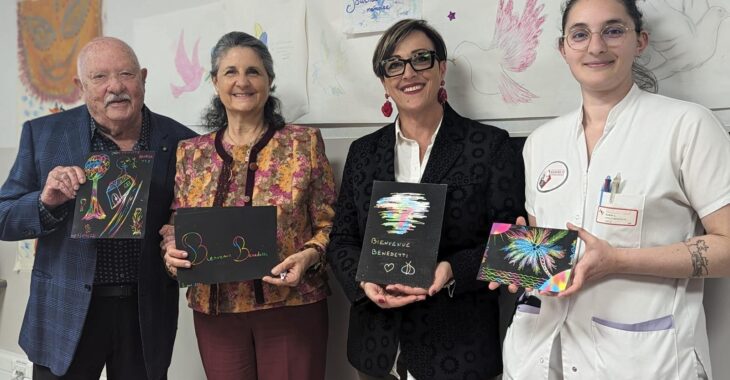
World Bipolar Day, typically observed on March 30, coincides with the birthday of Vincent Van Gogh, the quintessential emblem of tormented artists. In Monaco this year, to address with industry experts the implications that this disorder can have, a debate conference was organized on April 5 under the theme: “Bipolar issues: nourishing the body and spirit.” Among the interventions, one particularly interesting was delivered by Anna Maria Benedetti, an Italian resident in the Principality of Monaco who, together with her husband Eugenio, founded years ago the Association de Bienfaisance Eugenio Benedetti Gaglio, specifically to financially support art therapy workshops for patients hospitalized or assisted by specialized staff at the Princess Grace Hospital of Monaco (CHPG). “In the Principality, we are truly happy to facilitate access, for those in need, to art therapy courses, structured to provide comfort for their psychological-emotional existential discomfort. Artistic works created with the support of therapists have proven to be an effective means for the expression and communication of their inner world. We can also say that they can be fundamental and natural therapeutic acts. However, if they are lacking, this could represent a first step towards the patient’s clinical and existential distress,” emphasized Mrs. Benedetti, who then cited both Freud and Jung to recall how both emphasized the artistic expression and the creative process of the individual “to the point of creating a method based on the same expressive and therapeutic component.” Thanks to the Association de Bienfaisance Eugenio Benedetti Gaglio, for years now, dozens of people have benefited from these workshops, under the careful supervision of Dr. Valérie Aubin, who directs Psychiatry Departments 1 and 2 at the CHPG. “Art therapy can be a key to the path we are on. Furthermore, it also offers the advantage of being both playful and joyful, fundamental for attention to the here and now, almost as a personalized meditation,” declared Mrs. Anna Maria, who concluded her speech by saying that if music therapy and dance therapy (or artistic gymnastics) have their specific place, in art therapies the use of various techniques, such as painting or clay, but also writing and photography and even collage, are important if not fundamental. Beauty ‘heals’ the soul and so beauty becomes a matter of the heart. Quoting Paul Klee, let’s not forget that art does not reproduce what is visible, but makes visible what is not. For these and other reasons, our Association, in close collaboration with the CHPG, intends to open new paths to art therapy for the well-being of patients and for the prevention of mental distress that affects people admitted to this hospital structure, to which we regularly allocate funds necessary to provide support to those in need.”


